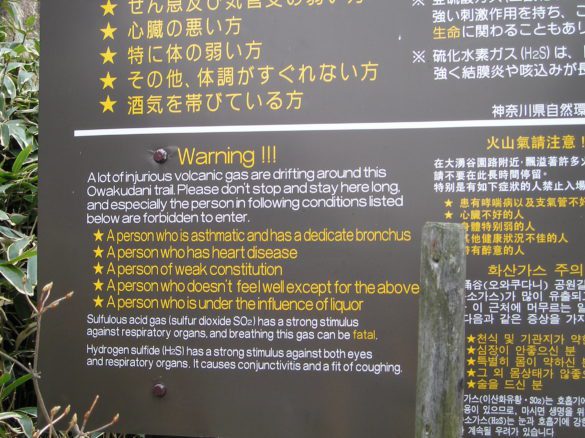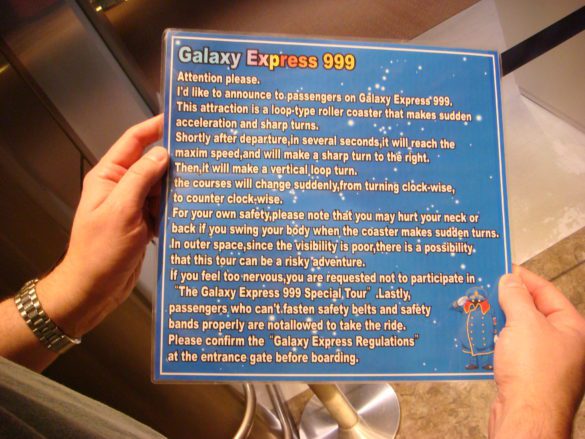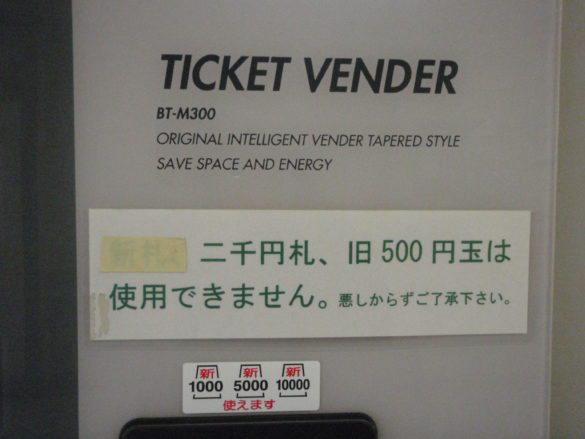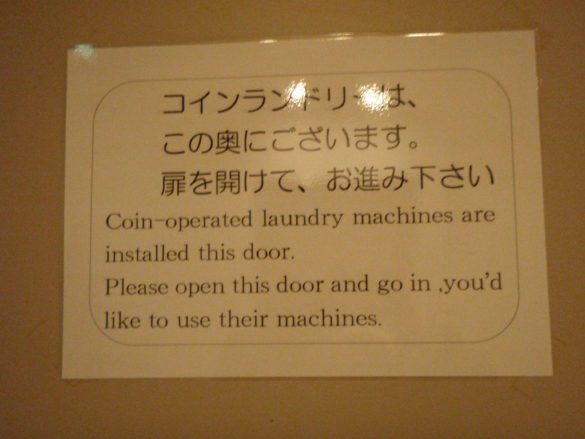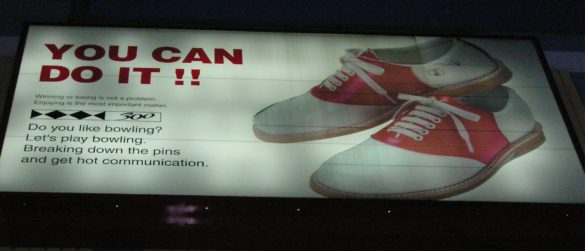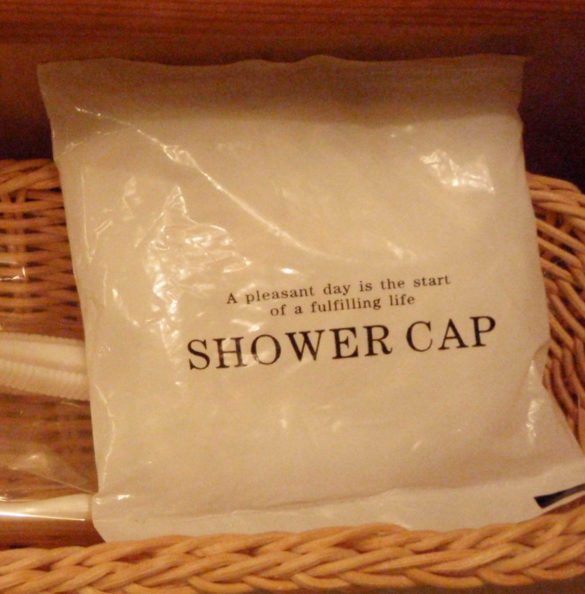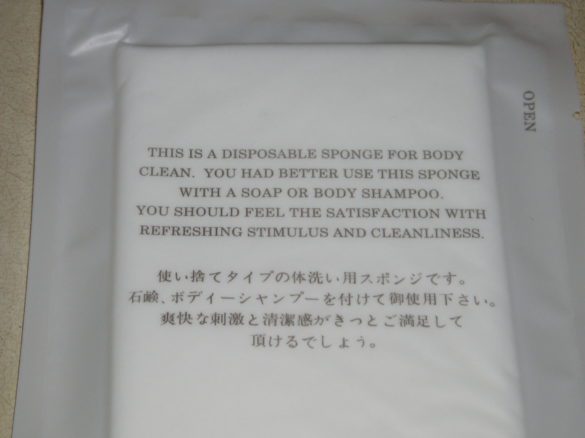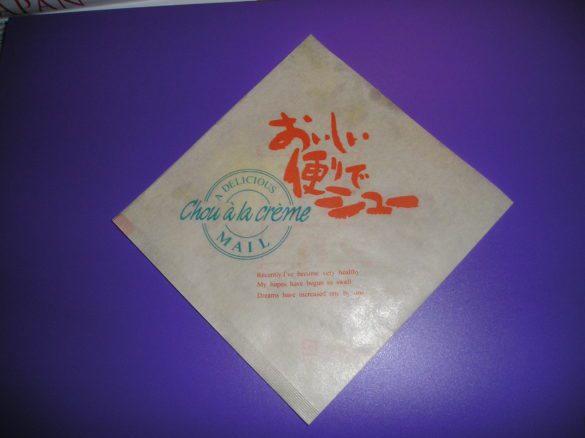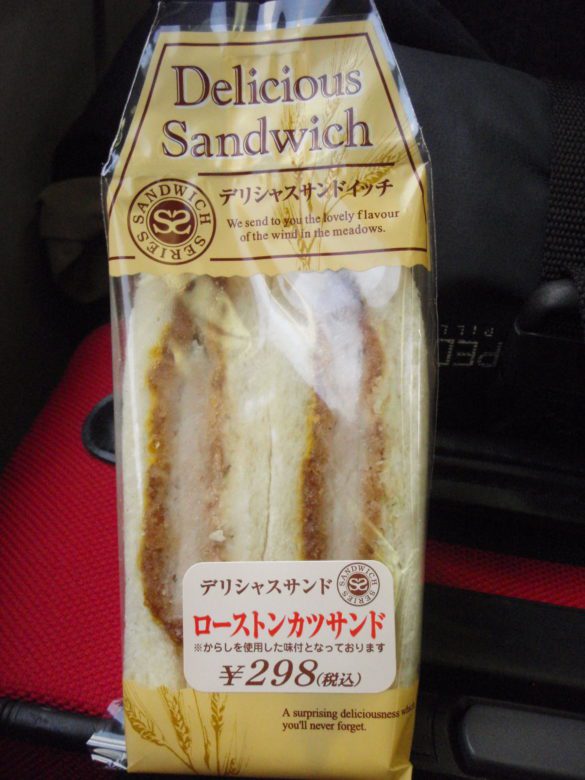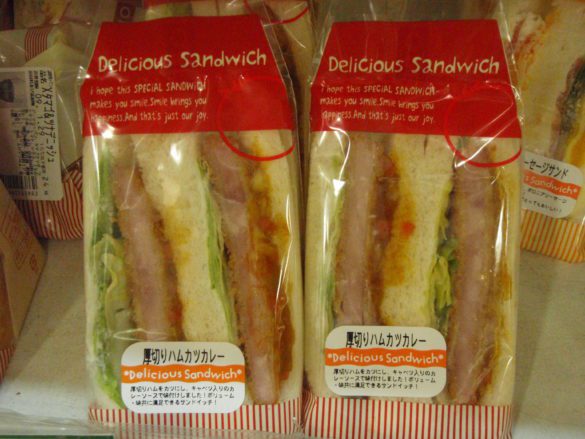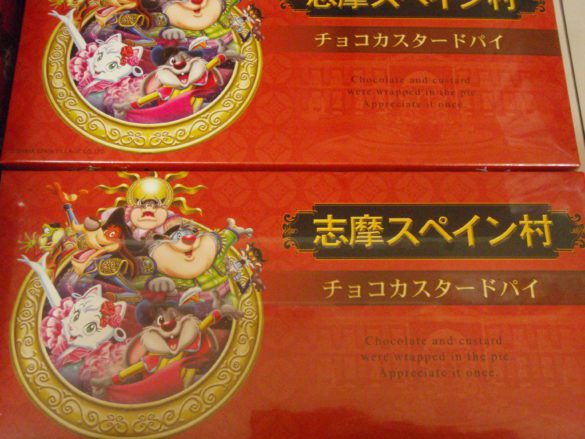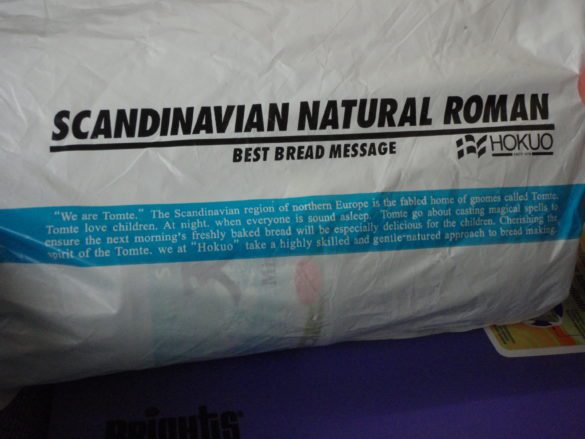We’ve really missed Japan. We haven’t visited since 2014, and that was something we were planning to fix in 2020. Our first plans were for a trip coinciding with the Tokyo 2020 Summer Olympic but we decided against it. We then made plans for November and I have airfare and some of the hotels booked. There are many reasons that it looks like that trip will not happen. Even if we still wanted to go, Japan is taking baby steps to reopen its border and may not let U.S. residents into their country by then (if they’re smart).
Currently, we’re going to try again in 2021, with almost the same trip as we planned for 2020.
One of the little things we loved about traveling throughout Japan is their collective attempt to use English. Everywhere we visited, English is all around. We welcome this when we’re traveling across the country, especially directional signs and at railway stations [Note from Sharon: I went to Japan with a friend in 1995, before Joe and I were together, and that was very much not the case]. Even then, things can get lost in translation. Anyone want to go shopping on the “Street of Well-Known Stores?”
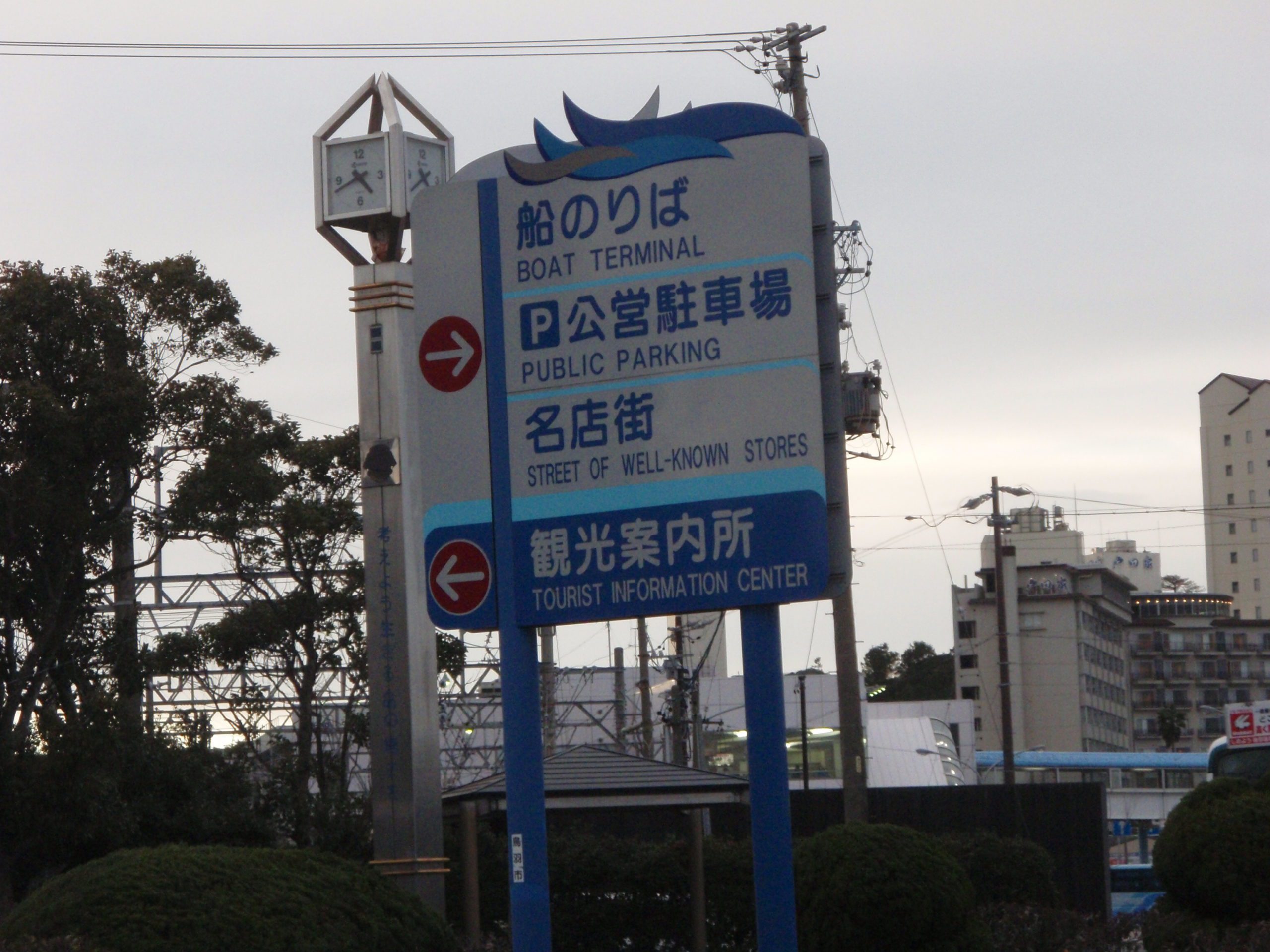
However, there’s a big difference between translating the name of a town and putting together a phrase. Even more challenging is writing a sentence or a paragraph. Even those of us who have used English our entire lives have problems using it correctly, so I get how sometimes words get used in the wrong context.
Warning signs are always interesting to read as you learn not to visit the volcano if you have a “dedicate bronchus” or not to “swing your body” while on a rollercoaster.
Instructions can take on a different meaning due to the lack of phrasing. I know what they mean, but “Please do not drink in a house,” or “Please open this door and go in, you’d like to use their machines”?
For these instructional signs, there are clearly issues with the translation. But for much of the other Japanglish signs, there’s a different reason.
I found an article from CNN Travel about the history of English/Japanese language mashup. It’s an interesting read but the best part is they took from another website:
According to the website engrish.com — which showcases examples of Engrish across the world — English in Japan is used as a design element in products and advertising to give them a modern look and feel (or just to “look cool”).It’s not used to communicate a specific message, but rather a mood. That’s particular to Japanese culture, where meanings are often not explicit but inferred.“There is often no attempt to try to get [Engrish] right, nor do the vast majority of the Japanese population ever attempt to read the English design element in question,” the website states.
For example, signs for entertainment complexes are usually interesting, like these for a pachinko parlor and bowling alley. It’s so much nicer to say “Let’s play to chance,” or “Breaking down the pins and get hot communication.”
Only the Japanese can make a bath product like a sponge sound exciting “You should feel the satisfaction with refreshing stimulus and cleanliness.”
The Japanese marketers save all of their great ones for the food. Doesn’t matter if it’s a napkin, wrapper or a product description.
- “Recently I’ve become very healthy. My hopes have begun to swell. Dreams have increased one by one.”
- Delicious Sandwich 1 – “We send to you the lovely flavour or the wind in the meadows.”
- Delicious Sandwich 2 – “I hope this special sandwich makes you smile. Smile brings you happiness. And that’s just our joy.”
- “Custard and chocolate were wrapped in a pie. Appreciate it once.”
- Scandinavian Natural Roman – Best Bread Message.
Final Thoughts
The Japanese use of English can be amusing to native speakers. We assume the mistakes are because of a misunderstanding about how to use the language properly. While this is sometimes the cause, in other instances it’s just that the Japanese don’t care that they’re using English incorrectly. You know that friend with a t-shirt, hat or tattoo in a foreign language? Same idea. We’re just not used to it happening to “our” language.
Like this post? Please share it! We have plenty more just like it and would love it if you decided to hang around and get emailed notifications of when we post. Or maybe you’d like to join our Facebook group – we have 13,000+ members and we talk and ask questions about travel (including Disney parks), creative ways to earn frequent flyer miles and hotel points, how to save money on or for your trips, get access to travel articles you may not see otherwise, etc. Whether you’ve read our posts before or this is the first time you’re stopping by, we’re really glad you’re here and hope you come back to visit again!
This post first appeared on Your Mileage May Vary
